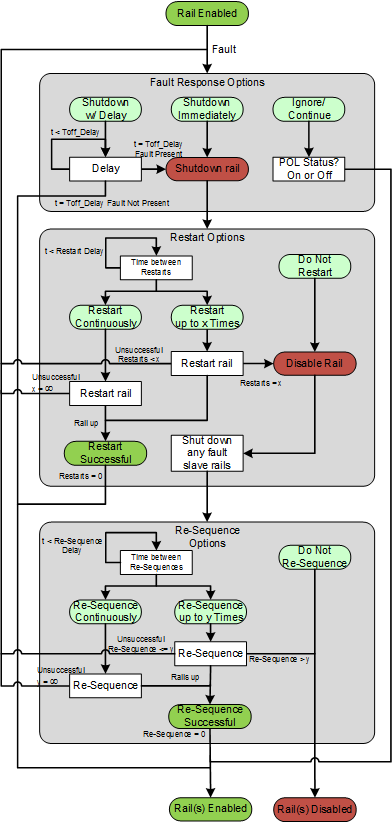Folks,
My customer is wondering if the UCD90160 can start monitoring the first rail as it comes up or do all the rails have to be up before it starts monitoring them?
Also, is there a wiki, expamples, app notes/documentation on this part other than the two app-notes?
Regards,
Aaron


